 Your new post is loading...
 Your new post is loading...
Consumers seem to have fairly clear ideas about brand personalities on social media, and the use of slang isn’t… woke. In a new study from Sprout Social, roughly 1,000 US social media users weighed in on brand personalities, with most feeling that it’s “cool” if brands talk about timely events, but not politics. (In related news, consumers aren’t that interested in brands taking public stances in on social issues.) Meanwhile, respondents are most accepting of the use of video clips (83% seeing this as “cool” rather than “annoying”), though the exploding use of GIFs – which brands starting incorporating in their emails back in 2013 – isn’t met with quite as much fervor (58% approving as “cool”). It stands to reason that most would be happy with brands responding to questions, although separate data from the report suggests that only about one-third of consumer messages on social media in Q1 that needed a response actually got one… Behaviors that more social media users see as “annoying” than “cool” include: Making fun of competitors (67% annoying) and customers (88%); Using slang (69%); and Talking politics (71%).
Let's cut to the chase, your brand is not your logo, your identity or your product. Your brand is the gut feeling an individual has about your product, service or organization. It’s all the unique qualities that make you different, valuable, memorable and trustworthy. It signifies a promise of value, and reflects how your organization emotionally connects with consumers. Crucially, your brand is not what your company says it is, but what your target market says it is....
“Storytelling.” It’s the flavor of the day, whether you’re talking about content marketing, visual communications or public relations, and for good reason. Stories are how humans communicate – with each other individually, across populations and over centuries.
In fact, many organizations are pretty good at identifying and defining their key story lines. The key to success in brand storytelling is in the next step – the strategic deployment of the story. Telling the brand story effectively requires a plan.
And to be clear, we’re not talking about hanging a touchy-feely post up on the blog and then calling it a day. No. Brand storytelling, in this context, means developing a sustained plan to create and execute a strategic approach to telling the brand story, in a way that supports company’s objectives. Personally, I don’t give a hoot about impressions. Let’s gun for something a bit more meaningful....
Last year, I shared Brand Keys' Robert Passikoff's 14 Brand Trends for 2014. This year, Robert again put together his proposed trends for the upcoming year. He again shared his thoughts on the numerology, as well, this time, obviously focusing on 15: In numerology 15 is the combination of the number 1 (representing leadership and forward movement) and the number 5 (numeric for business and finance), thus 15 becomes the fusion of leadership and forward momentum for brands and marketers. Let's see what Robert predicts for the new year.
THEME#7 OF POST SERIES ON HUMANIZING BRAND STORYTELLING
Not all brand stories are created equal. Nor do they have the same social value. The traditional process of brand storytelling that uses advertising, collateral, digital etc., is a process owned and led by a brand/business and their agency partners. Such forms of brand communication will usually attempt to talk “to” people through an out-bound (push) marketing approach (see Theme #2 regarding Mass Media Push).
Contrast this to brand stories born externally, crafted by people about brands, and in collaboration with brands. These stories are usually inspired by direct experiences, emotional connections, and engagement opportunities that allow people to be heard, and/or co-create directly with brands themselves. The outcomes are people-powered brand stories that represent a new form of value, or social currency.
As more than 80% of all online content is now user generated, the value of user generated brand stories will only grow exponentially. The social currency value of content will ultimately depend on the perceived authenticity of the story itself, and the share of human versus manufactured voice, within brand communication....
...Brand is the story you tell and the position you occupy in people's minds. Do they file you under "high-end bespoke couture"—or "fast fashion?"
There are markets and target audiences for everything but it's your job as a business owner or marketing leader to be crystal clear about the image for which you're aiming and how that influences everything from pricing to distribution to customer experience to—yes—visual identity....
James Surowiecki's column in The New York last week, Twilight of the Brands, seemed to suggest that brands are dying. He argued that the usefulness of brands as decreased given that "consumers are supremely well informed and far more likely to investigate the real value of products than to rely on logos.
"His observations about people’s orientation and decision-making are spot on – but I come to a different conclusion. Instead of seeing the current market environment as ushering in the “twilight” of brands, I view it as a call to arms. Brands and brand-building are more important now than ever before.I hold this different – and hopefully more instructive and insightful – perspective because I view a brand as far more than a label or logo.
A brand is the bundle of values and attributes that define the unique value an organization delivers to customers and the unique way the organization operates. A brand is a strategic platform for managing and growing a business....
Brand archetypes are great to use in content strategy and better than personas. Why? A product doesn’t choose it’s customers. It’s the other way around.
Picture this: a room full of marketing managers are discussing the launch of a new product. The have studied their demographics, they have the results of test panels and market research in their hands. They have formulated personas and thought up a bunch of preconceptions about who is going to buy this. And still they have no idea if their strategy will work. Why? Because a product doesn’t choose it’s customers. It’s the other way around....
Edelman’s new consumer brand study found that an overwhelming majority (90 percent) of people across eight countries want marketers to more effectively share.Many more interesting research and insights for marketing, content marketing and PR pros.
Why do people do things like that? Barbara Tuchman, the prolific, hugely talented (late) historian wrote a whole book about The March of Folly. Yet smart people keep doubling up. Seriously, would you be inclined to buy into Syria after Iraq and Afghanistan?
Chipotle was the latest brand to engage in a “fake Twitter hack” marketing stunt, following in the footsteps of MTV and BET a few months ago. The intention behind these stunts is to clearly boost fans and followers for their brands, but, unfortunately, exposes a major flaw in how brand see their customers and how their perception of social is flawed. Furthermore, these types of theatrics deter from the game-change possibilities of how brands and customers can build mutually beneficial and long lasting relationships through these platforms...
The Starbucks Coffee marketing research department is kept busy providing oodles and oodles of insights into the Starbucks brand through yearly brand audits. And take it from this former long-time Starbucks marketer: The company learns a lot from these studies.
However, when it comes to measuring and managing the Starbucks brand on a daily basis, the Starbucks marketing department generally relies on a much simpler method—a brand checkbook.
Just as your personal checkbook has credits and debits, a brand checkbook has credits and debits in the form of brand credits and brand debits. "Brand credits" are business activities that enhance the reputation and perception people have of a brand, and "brand debits" are those that detract from the reputation and perception of the brand....
... So, brands need to move away from grouping people by demographics, and instead group them by communities. And communities are formed around behaviour, rather than round geographical locations, or ages, or racial classifications. Value for a brand should not be measured by how big their communities are, but instead on how the brand responds to these behaviours....
|
Everyone knows price matters to consumers, but a new study suggests the lowest price doesn’t always win. Even more important to consumers is the reputation of retailers—and how prices correlate to that brand reputation.
Price Still Matters
This guideline comes from Concordia University’s John Molson School of Business, which does agree that price remains an important factor for businesses. But price is a relative figure that relates to the reputation of a business, and consumers typically gauge whether a price is good based on how it compares to a brand’s reputation.
In other words, a high price isn’t a deterrent to many consumers, as long as it corresponds to a positive reputation. When price and reputation seem misaligned, consumers are turned off....
In order to counter the complexity of the situation, marketers need to attain accurate visibility and understanding of the path to purchase, their customers are taking. Efforts to visualisze the customer journey have traditionally involved the mapping of customer touch points. Says Hopkins:
“The biggest problem in marketing is that no one person owns all of the touch points in a business."
The average person is exposed to 5000 marketing messages a day. Brands interact with its customers through a hundred different touch points. They have the power to influence our decision making capacity. But with infinite limitless choice for human beings, how can marketers build a magnetic brand in a complex world? According to Melissa Hopkins, the answer lies in truly knowing your customer....
Shoppers today are overwhelmed with choice. Wherever they go they are overloaded with information, forced to choose between competing offers at almost every hour of the day.
But if vendors are offering all this extra choice to increase buyer satisfaction, they might well be making a mistake. Neuroscientists believe that increasing the comparisons available may actually reduce happiness, for the simple reason that people tend to regret the decision they made because of the additional options they couldn’t pick....
Type the name of almost any successful consumer Web company into your search bar and add the word “addict” after it.
Go ahead, I’ll wait.
Try “Facebook addict” or “Twitter addict” or even “Pinterest addict” and you’ll soon get a slew of results from hooked users and observers deriding the narcotic-like properties of these websites. How is it that these companies, producing little more than bits of code displayed on a screen, can seemingly control users’ minds? Why are these sites so addictive and what does their power mean for the future of the web?...
Why do you need a brand strategy?
A brand strategy can take what people know and believe about your business to new levels. Active brand management takes a valuable asset that may now be largely underused, and turns it into a powerful competitive weapon. Regardless of how sophisticated your current approach to branding is, your business has a “brand” today, though you may have acquired it by default.
Simply by being active in the marketplace, your business will have accrued a reputation, a level of fame, and a degree of notoriety (for better or worse) with your customers, and within your industry.A brand strategy will take all that value and put it to work in new ways....
...Great brands, however, avoid this mistake by conceiving of their brands as strategic platforms. Their brands comprise the values and attributes that define and distinguish the value they deliver to people through entire customer experiences and the way they do business. They use their brands as management tools to fuel, align, and guide everything they do....
...Q: In your new book, Absolute Value: What Really Influences Customers in the Age of (Nearly) Perfect Information (HarperBusiness), you and co-author Emanuel Rosen say marketing needs a total overhaul. Can you explain?
A: For the first time in history, people can assess the absolute value of things they buy. User reviews, price comparison apps and other digital tools mean we can buy things based on almost perfect information, instead of irrational perception. So marketers need to understand what influences this shift in decision making...
...What if you could forge a stronger, more emotional tie with that customer? That’s where brand affinity comes in. When you achieve brand affinity, it means your customer has made an emotional connection with your brand. Think of Apple, for example. People wait in line hours for iPhones. Many Apple fans won’t buy any tech gadgets except Apple products. And they’re vocal about them, too. In this instance, consumers aren’t just passionate about a certain product — they’re aspiring to a lifestyle that they think a particular brand represents.
Another example? Alaska Airlines, which consistently rates highly with people who haven’t flown with them because of endorsements of those who do. Or FedEx, which used social media to tell the story of how they helped to transport turtle eggs after the BP oil spill in the Gulf of Mexico, something that forged a strong emotional connection between FedEx and consumers.
Building Brand Affinity Building brand affinity with your consumers is certainly possible, but it’s important to realize that achieving it takes some strategy and planning and it’s not something that can be forced or manufactured....
Every modern brand follows this same philosophy. But, there’s an underlying contradiction to this logic: Consumers expect brands to lead. At the same time, brands are waiting for consumers to lead. It’s like a Mexican standoff where no one wants to make the first move.
Played out over decades, we are seeing the results of this circular logic: brands jumping on every fad, new product introductions that don’t match last year’s promises, big budget rebrands that quietly revert back to the original and the constant turnover of marketing leadership (which always seems to cite the same issue: lack of vision). The power and institution of brand is eroding, and consumers are the culprits...
The changing way in which customers review products can be great for business ... or terrible.
You ask a friend where she got her new Macbook Air and she gushes about the selection and service at her local electronics store so much that you decide to check it out next time you're in her neighborhood. Your boss can't decide where to go out to dinner, so you pull up Yelp on your phone and find a nearby restaurant with the highest ratings. Whether you're aware of it or not, both you and the businesses you patronize benefit from brand advocacy.
Brand advocacy is the latest reincarnation of a concept that most of us are quite familiar with: word–of–mouth advertising, individual recommendations, vouching and the like. It relies on advocates promoting brands via personal marketing, which can be as simple as telling a friend verbally or posting on Facebook.
This method is incredibly effective because of a simple – and very, very human – concept: trust. We trust our friends, the Yelp community, particular bloggers or Twitter personalities who share their preferences and influence our decisions accordingly. From the consumer’s perspective, personal testimony is vastly more relatable than pure numbers, and we value reviews over ratings. How often have you looked at a Yelp or Amazon entry without reading the reviews?...
"Brand" will always be a nebulous term. Arguments rage about its true value, especially on social media...
Although recent research shows that it can be responsible for nearly 15% of your total worth (Or much, much more, if you’re J.K.Rowling), it’s still seen by many as the ultimate wooly metric. There’s no doubt that being a household name will improve your chances of success in social, but just how far will it take you?
I’ve taken a look at the world’s top ten brands, and matched up their profiles across the biggest social media platforms.Let’s see what’s in a name...
The best overall brands in health and beauty, and food and beverage categories are Crest, Gillette, and Dove; and Kellogg, Heinz, and Kraft, respectively, according to a pair of new Forrester rankings based on online surveys this year of 4,500 adults. The Boston-based market research firm argues that brand health comes from the extent to which it is trusted, remarkable, unmistakable, and essential. If you turn that into an acronym, you get Forrester's TRUE formula for brand equity....
|



 Your new post is loading...
Your new post is loading...

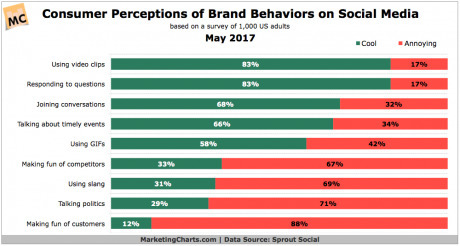

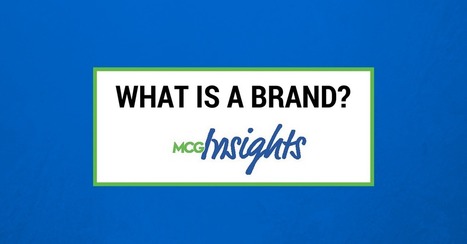
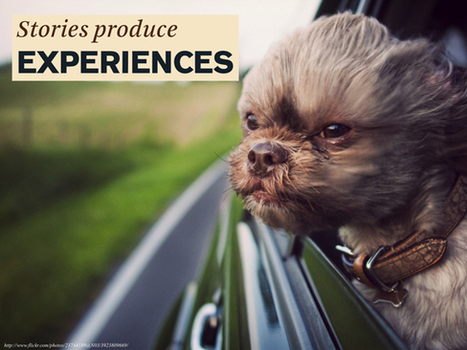






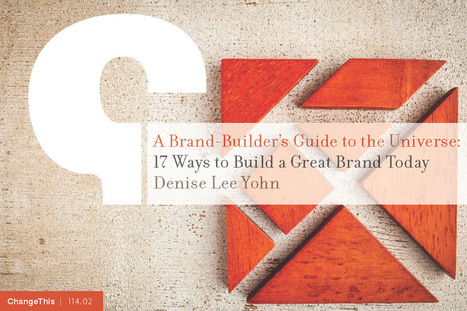

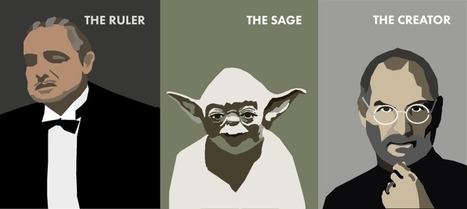





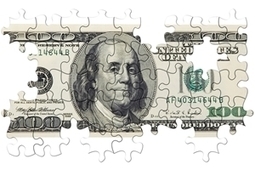




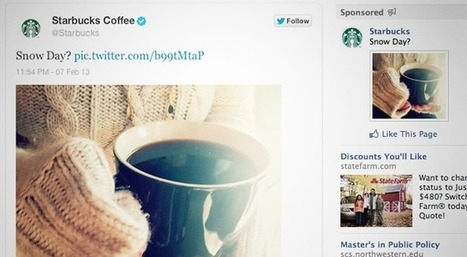







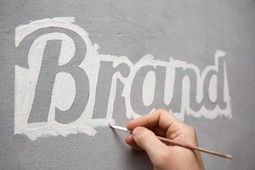


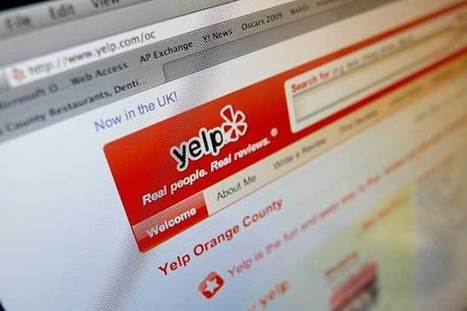
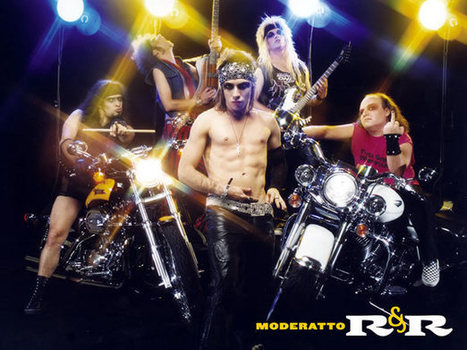






Not cool? Consumers have a message for brands.